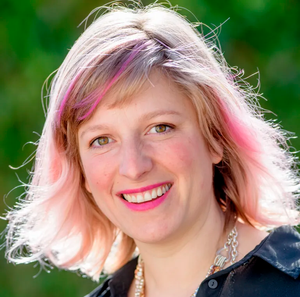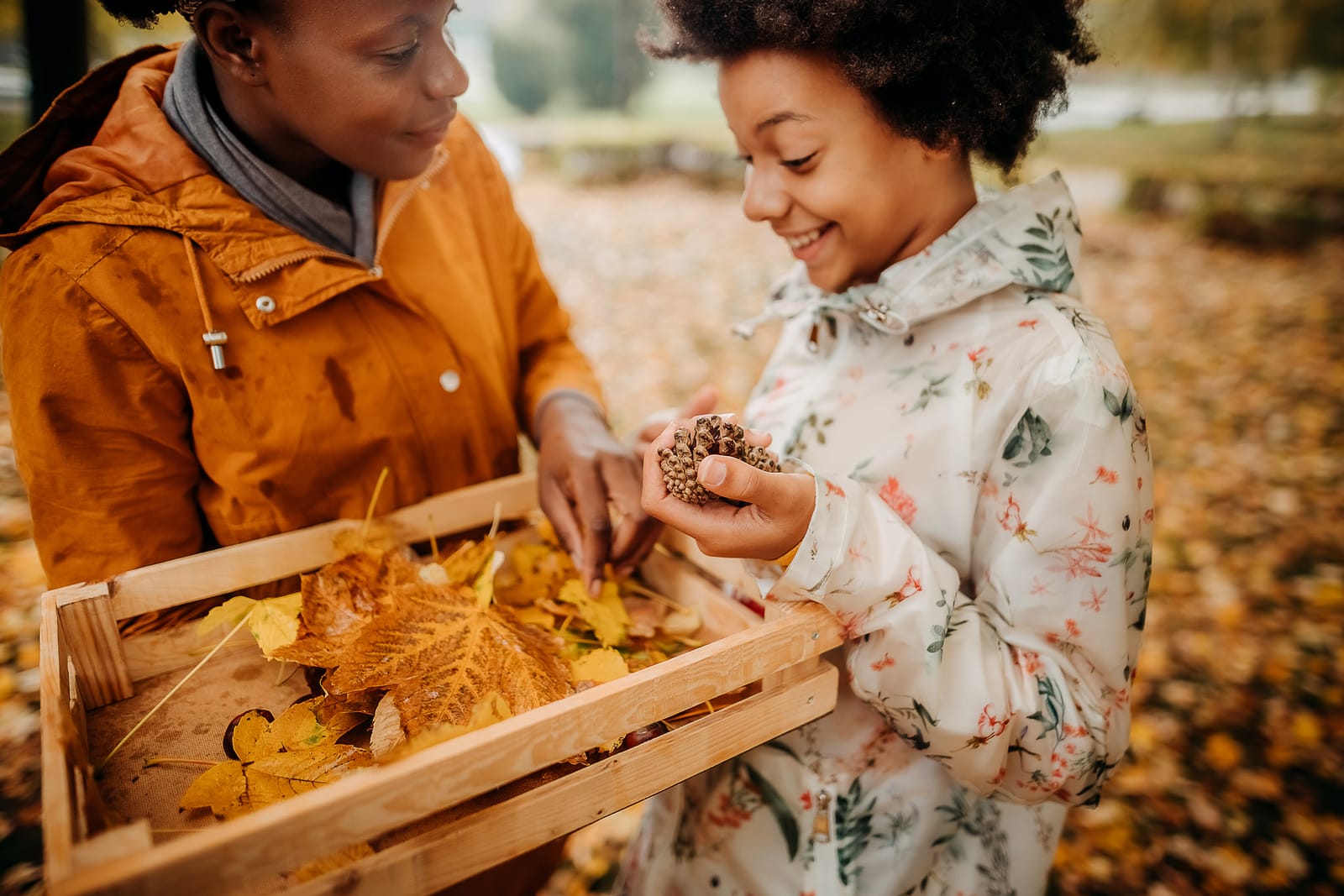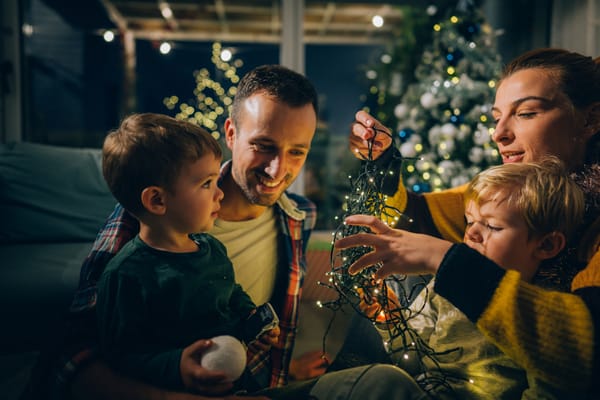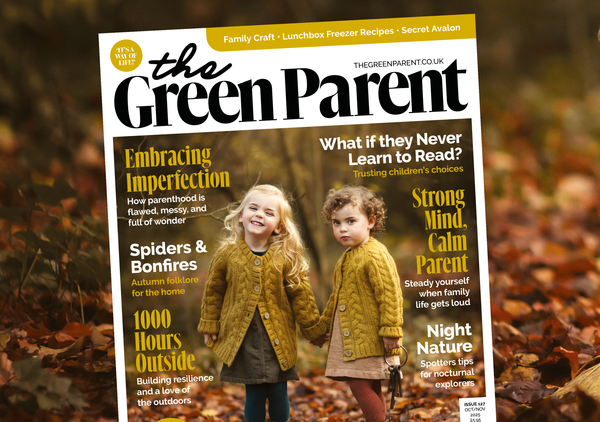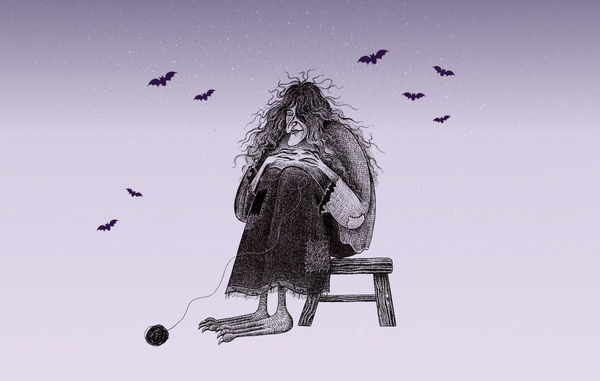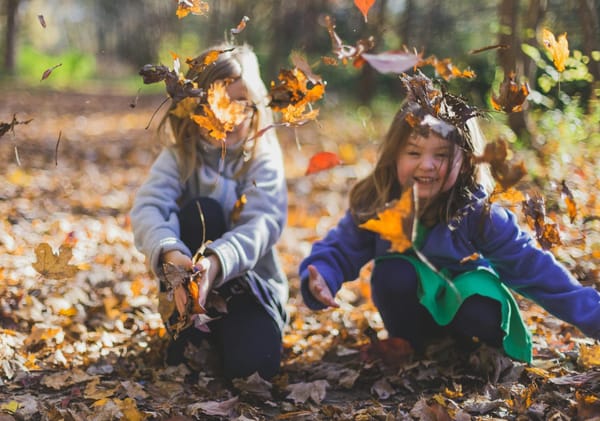Samhain (pronounced sow’ain) is the precursor to today’s Halloween, an ancient Celtic festival honouring the ancestors that came before us
It is believed that at this time of year the veil between this life and the Otherworld are at their thinnest, meaning that connection and communication with the dead is easier. To our modern ears, this may sound morbid – or downright scary – but Pagans respected death as a normal and natural part of our journey. The fact that Samhain became Halloween – a day for getting dressed up in our most frightening and ghoulish costumes – means we mostly forget to mark this time of year with a deep, intuitive respect for the cycles of life.
The Lore and Legend of Samhain
At the end of October, we can see the natural world dying back around us. The nights are drawing in, leaves are falling from the trees and decaying, animals are brought in from the fields and the harvest has been gathered. We are preparing for the stillness and reflection of Winter. Pagans understood that death was as necessary as birth. Today, we celebrate birth but shy away from thinking about or openly discussing death. Death takes place away from the community in hospitals and nursing homes, and rarely do we see ‘home death’ discussed in the same positive way as ‘home birth’. Our ancestors lived different lives and would have seen death on a daily basis, which naturally made them more conscious of its place in their lives.

